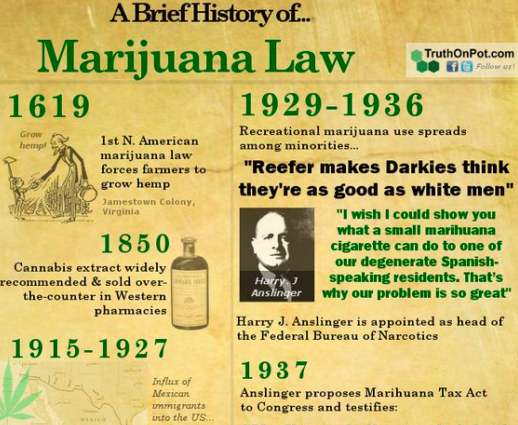The history of hemp
The history of our plant begins about 10 thousand years ago. Hemp originates in Asia, probably Central Asia, used for medical, spiritual, religious or recreational purposes for at least 6000 years.
The oldest Chinese drug text dates back to 2738 BC, including more than 365 medicines derived from minerals, plants and animals. The cataloging of hundreds of medicinal and poisonous herbs paved the way for the development of traditional Chinese medicine. Chinese emperor Sheng Nung (2738 BC -2698 BC) is considered the father of Chinese medicine, the most famous work attributed to him is the Classic on the Herbal Roots of the Divine Farmer, it contains the first reference to the use of cannabis as medicine.
The history of ancient Greece tells us that the Greek population loves wine and used to throw cannabis on the fire and then sitting around, inhaled the smoke. Herodotus in 5 BC writes that the Scythians (semi-nomadic population of Iranian origin) cultivated and then vaporized cannabis, he describes the hemp clothes manufactured by the Thracians as being of equal beauty to linen, and that no person who did not have much experience would have been able to say whether it was hemp or linen.
The arrival in Central, Northern and Western Europe probably dates back to 500 years before Christ.
As history teaches us, this is what the marijuana plant has given us since the dawn of time. The Christian Church, however, immediately made its presence felt, issuing a papal bull in 1484 which prohibited its use by the faithful.
Here the recreational use of marijuana became a real trend among intellectuals in the most borderline environments of Paris, many 19th century poets talk about the saving plant in their texts.
Hemp Fiber
Hemp is the perfect medium for storage. The paintings of Van Gogh, Gainsborough, Rembrandt, etc., were mainly hung on hemp canvas, as were practically the majority of paintings on canvas. Hemp fiber resists heat, mold, insects and is not damaged by light.
In the eighteenth century, cannabis was widespread in North America. The majority of the lands of the founder of the United States, George Washington, produced the hemp plant. In 1850 the United States had 8,327 hemp plantations, which were mainly engaged in the production of fiber. 80% of clothing, curtains, carpets. But all this ended with the advent of oil, when marijuana was added to the black list of illegal drugs, on a par with lethal drugs such as heroin. Hemp oil was the lamp oil that illuminated the most, a worrying peculiarity for oilmen.
Hemp Oil
Kerosene and petroleum replaced hemp oil for lamps after the discovery of oil in Pennsylvania in 1859 and John D. Rockefeller’s monopolization from 1870 onwards. The nascent American industrial groups aimed above all at exploitation:
- Oil for energy (Standard Oil – Rockefeller).
- Of woodland resources for paper (Hearst publisher).
- Artificial fibers for clothing (Dupont).
All sectors in which they had invested large amounts of money. But they faced, each on their own terrain, the natural competition of hemp, and thus they came together to form an alliance strong enough to beat it. A rapid, extensive and effective media operation of demonization then began, thanks to Hearst’s own newspapers, which had one in practically every major city. The Marijuana Tax Act of 1938 effectively ended the cultivation and processing of hemp in the United States; prohibition which subsequently spread to Europe and practically throughout the world.
Properties of this plant,
Let’s stop for a moment and try to better understand all the properties of this plant, which has accompanied man’s history for millions of years. Cannabis sativa or hemp is a genus of flowering plants (angiosperm). Together with hops (Humulus lupulus), it constitutes the Cannabaceae family, also called Cannabinaceae. Native to Central Asia but cultivated since time immemorial in Europe and America.
There are three types of subspecies of Cannabis:
- Cannabis indica: which grows spontaneously in southern countries, is about one meter tall, has thick foliage and is rich in resin;
- Cannabis sativa: which grows in northern countries, is up to six meters tall and has sparser foliage.
- Cannabis ruderalis: flowers earlier than Cannabis indica and Cannabis sativa, reaches a shorter height, but is more resistant to extreme climates than the other two species.
From a botanical point of view the first two are practically indistinguishable. What changes is at the level of biosynthesis of secondary metabolites, what is called Cannabis sativa indica variety produces a greater quantity of cannabinoids, while Cannabis sativa itself produces very few and therefore, in a regulated manner, it is used for the production of fiber textile or cordage.
Inflorescences
- FEMALE flowers: these are the flowers that carry the seed. they are composed of a calyx containing an ovule and one or two pistils. It is precisely there where the highest concentration of resin is found. The resin captures the pollen which, in the event of fertilization, will begin to form the seed.
- MALE flowers: they are white – yellowish in colour, once they ripen they release pollen and the male plant, having reached the end of its cycle, dies.
- POLLINATION: anemophilous (transport by the wind) and the flowers begin to develop at least 60 days after germination.
- STEM: The hemp plant has an erect stem whose height can vary from 1 to 5 meters. On average depending on the varieties, soil and climate conditions and sowing density. Some specimens even exceed 7 meters.

